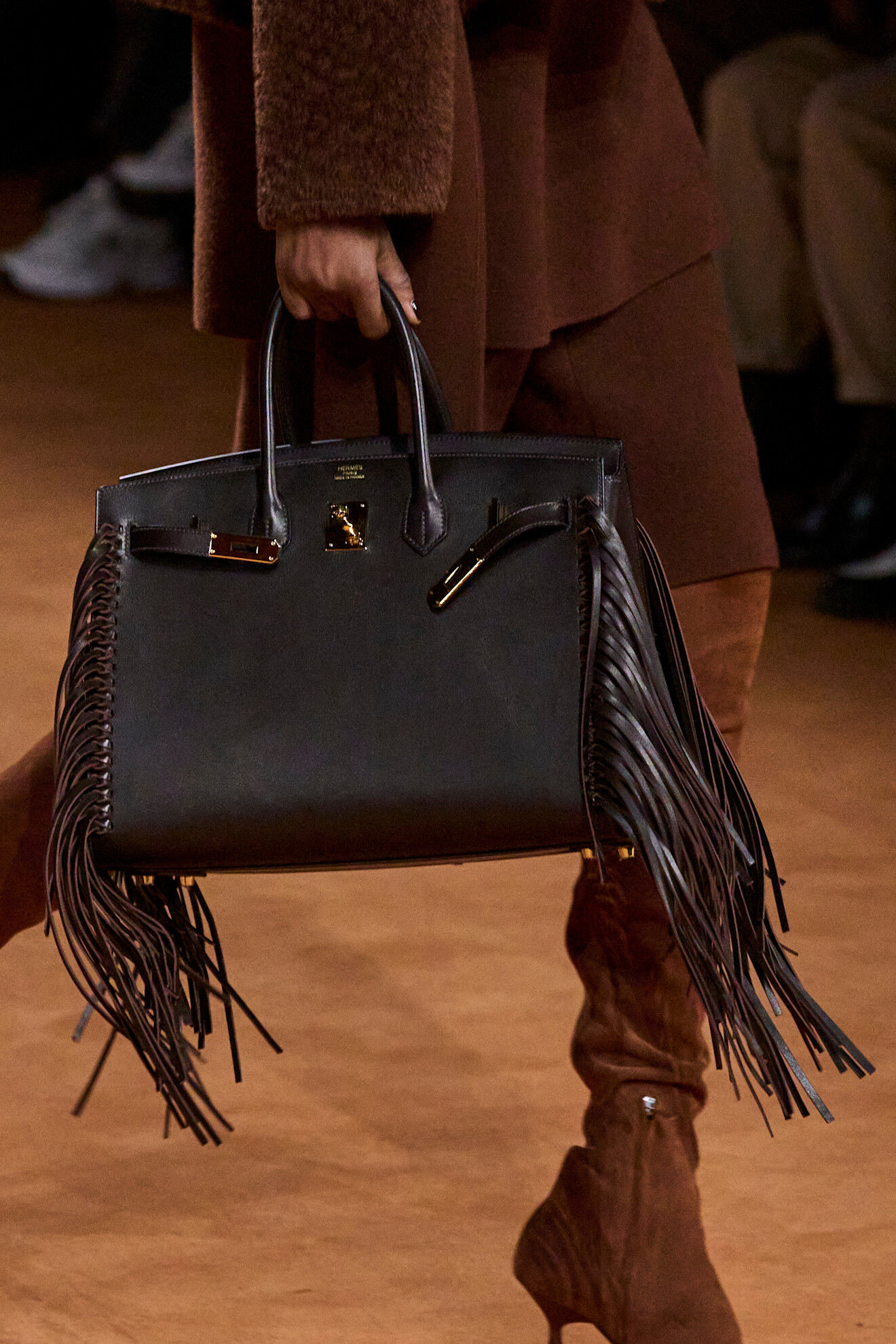High-end luxury: all about Hermès bags
Timeless investment

How did a humble harness workshop become one of Paris’s most luxurious Maisons? The story of Hermès began in 1837 when a young leatherworker, Thierry Hermès, could never have imagined the success ahead, though he always believed he would surpass his expectations one day.
Thierry Hermès initially worked with coachmen and wholesalers, supplying them with bridles and harnesses. Though his business was small, his dedication to quality and integrity—values that persist today—made his name known. Word of mouth spread, and Hermès soon became the recommended choice for the owners of Paris’s most elegant carriages.

Photo: SPOTLIGHT / Hermes
Demand for his harnesses grew, eventually earning Thierry awards for his innovative designs. He was honored at the 1867 World’s Fair in Paris. After passing the business to his grandsons Adolphe and Émile-Maurice, Thierry Hermès passed away on January 10, 1878. His successor, Charles-Émile Hermès, promptly moved the store to its current location, which remains the Hermès headquarters.
The fashion Maison expanded its expertise to clothing, accessories, scarves, leather goods, and fragrances, with bags emerging as its most iconic items.

Photo: SPOTLIGHT / Hermes
It all began in 1900 with the creation of the brand’s first bag, the Haut à courroies. Contrary to expectations of elegance, this design was practical, a saddle bag intended for equestrian enthusiasts.
The grandsons, Émile-Maurice and Adolphe, developed the now-iconic Swedish clasp that Hermès still uses. One day, Émile-Maurice’s wife expressed frustration over not finding a spacious bag. Rising to the challenge, Hermès began designing bags, soon gaining immense popularity.

Photo: SPOTLIGHT / Hermes
However, true fame for Hermès bags came later. In the mid-1950s, Grace Kelly, the lead actress in “To Catch a Thief,” was sent to purchase accessories, including a Hermès bag. When Grace saw the bag, it was love at first sight. As a style icon, she catapulted the bag to fame, and it became a coveted item for women everywhere. The bag was eventually named after her, becoming the iconic Kelly.
The Hermès Kelly, with its trapezoidal shape, sturdy base, and hardware in white or yellow gold, requires 18 to 25 hours to craft, each bag made entirely by a single artisan.

Photo: SPOTLIGHT / Hermes
In 1960, another design hit the shelves: the Constance bag, beloved by Jacqueline Kennedy. For marketing purposes, the bag was also called Onassis, honoring her married name.
A chance encounter between Jane Birkin and Jean-Louis Dumas on a flight from Paris to London inspired the creation of one of fashion’s most legendary bags. Known for carrying a woven basket everywhere she went, Birkin accidentally spilled the contents mid-flight. Dumas rushed to help, and during their conversation, Jane confessed she hadn’t yet found the perfect travel bag. Listening intently, Dumas sketched a design, and in 1984, the Birkin bag debuted – a story that became fashion legend.

Photo: SPOTLIGHT / Hermes
Hermès bags are not simply bought. The fashion Maison operates a waiting list, where customers may wait up to three years for the chance to purchase one. To gain access, clients must build relationships with Hermès consultants and representatives, making purchases and establishing a purchase history with the brand. This exclusivity was intentional, ensuring limited numbers and increasing the allure around Hermès bags.


